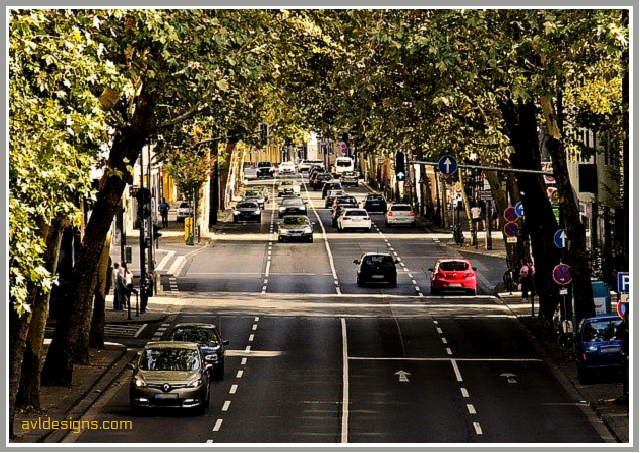In the past few years, we have noticed an upswing in the construction of higher-end condominiums. The people who move into these spaces are typically downsizing.

These people are moving from single-family homes into spaces that have residential layouts but are actually single-story dwellings stacked in multi-story buildings.
Many people that have moved into these spaces complain about noise. They are troubled by noise from hallways, from adjacencies, from outdoors as well as from overlying and underlying tenants.
These buildings generally have been designed to typical IBC Based state building code, which requires an STC of 50 (airborne noise control) and an IIC of 50 (Impact Noise Control i.e. Floors).
So, the question that frequently comes up from the architects we work with is “why, since we designed to the standard, are we getting complaints?”
Why the complaints?
In examining the problem, one missing element in these newer builds is the lack of what we in the acoustical industry call “masking” noise.
Masking noise is background noise such as traffic, HVAC, appliance noise, neighborhood noise. Masking helps your ears not notice outside noise sources. Bottomline, these new condos are just too quiet inside.
The quietness is primarily due to more recent energy codes. Older apartment buildings and older houses had windows that would leak heat. Where heat leaks, so does noise. New high R buildings do not leak heat and were by default, better at keeping out noise from outdoors.

Appliances have become significantly quieter. HVAC systems, dishwashers, refrigerators, and other household appliances are now close to silent. In the past, they offered a good level of masking noise in a residential environment. Not so, anymore.
In older buildings, noise from outdoors would mask other sounds, i.e. you didn’t hear the neighbors so much. People also accepted outside noise as “where I chose to live” noise. Not so much in a luxury condo. People want it to feel like they don’t live so close by others.
Standards are out of date.
It is our belief that the standards are out of date. Privacy is determined by a sum of the STC or IIC of physical separations added to background noise. If background noise goes down, construction quality must go up and, yet, this relationship is not addressed anywhere in the code. Background noise is not considered as a factor.
In our opinion, the current standards are off by approximately 10 points when it comes to owner satisfaction. This has been proven in buildings that we have tested. In the ones that were designed at least 10 points above standard, the residents are not complaining. When it comes to the ones that are built at the code standard? People are complaining about the noise.
Beyond STC/IIC
STC and IIC standards do not include low frequency noise, for reasons that will be the subject of another article.
A major complaint we are seeing in a lot of the newer, higher-end condominiums are “elephant noise footfall” complaints, and TV action movie noise when the neighbors have home theater systems.
All of these low frequency sounds fall below the STC and IIC standard. To the chagrin of tenants, a space can test to “spec” and still have these low frequency issues. If you have active people moving around upstairs it can sound like a herd of elephants, which can be considerably troubling.
*Design to control low frequencies is challenging but can be achieved, when done with care.
MINIMUMS
State building code standards are the minimum requirements. The STC and IIC values the codes reference are residential multifamily minimum, which may be acceptable for a college apartment or short term lease , but not a condo high end condo. And the codes are based on an expectation that a wall or floor structure in the field actually performs like the lab test, which isn’t a realistic expectation.
In the lab an assembly is 100% airtight, There are no electrical outlets, recessed lights, ductwork penetrations etc. In the real world, performance is at least 6dB, often 10 dB lower. (To your ear, half as good.)
Solutions
There are solutions but they are not the common methods. Floors have to be stiffened up beyond required structural norms, resilient materials added and, in some cases, low level electronic sound masking added.
—TV’s cannot be attached to demising walls, or demising walls have to be isolated from vibration.
—Some hard floors have to be swapped out for softer options.
—Penetrations and methods need to be changed and treated to be air tight, recessed lighting, HVAC, ducting, bathroom exhausts and other systems need to be built differently than the norm.
These are just a few of the issues. The truth is that all solutions to noise problems will raise costs.
Before you move, ask questions and get guarantees about acoustical performance.
Copyright AVL DESIGNS INC 2020
